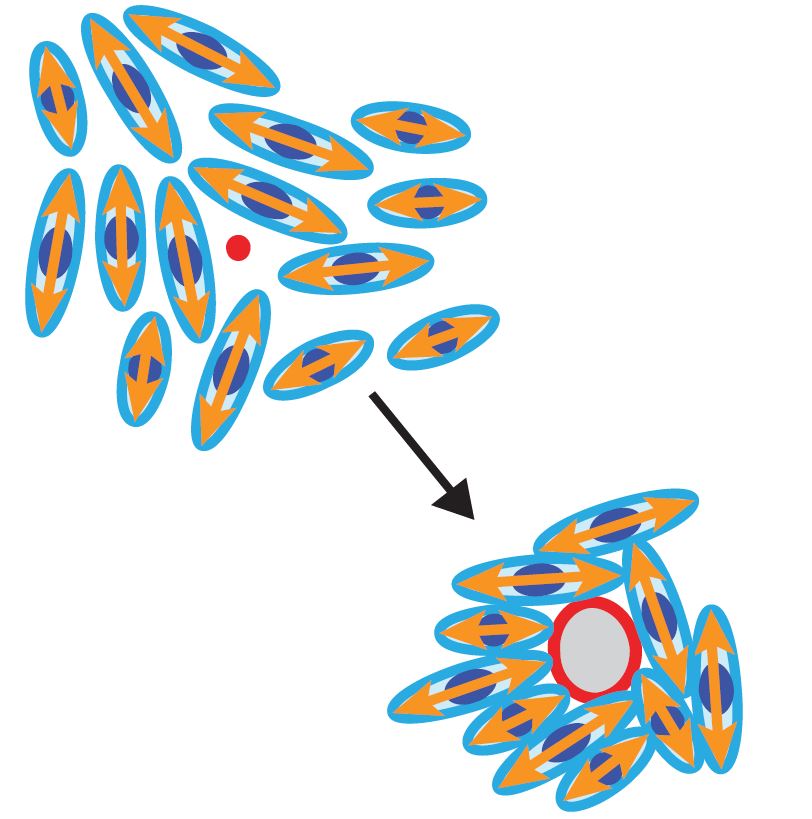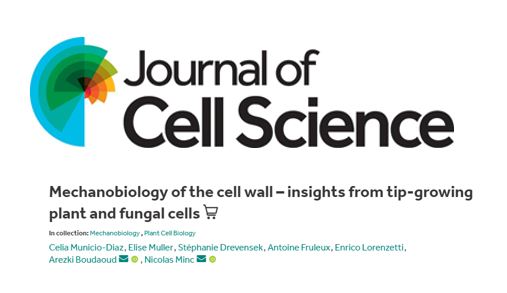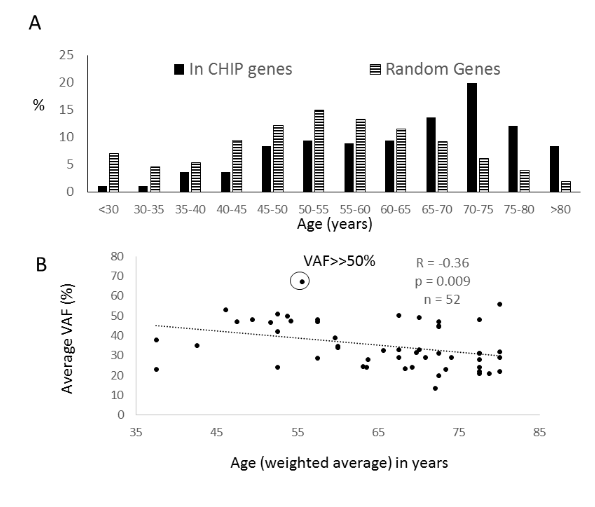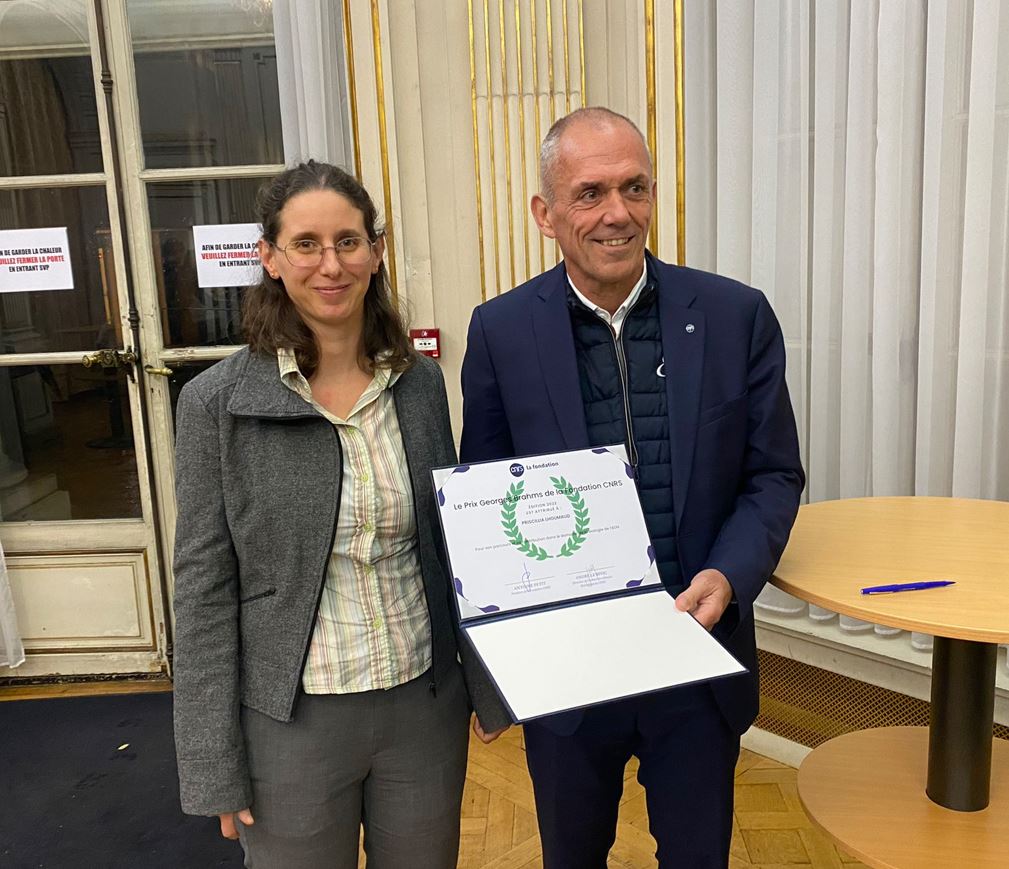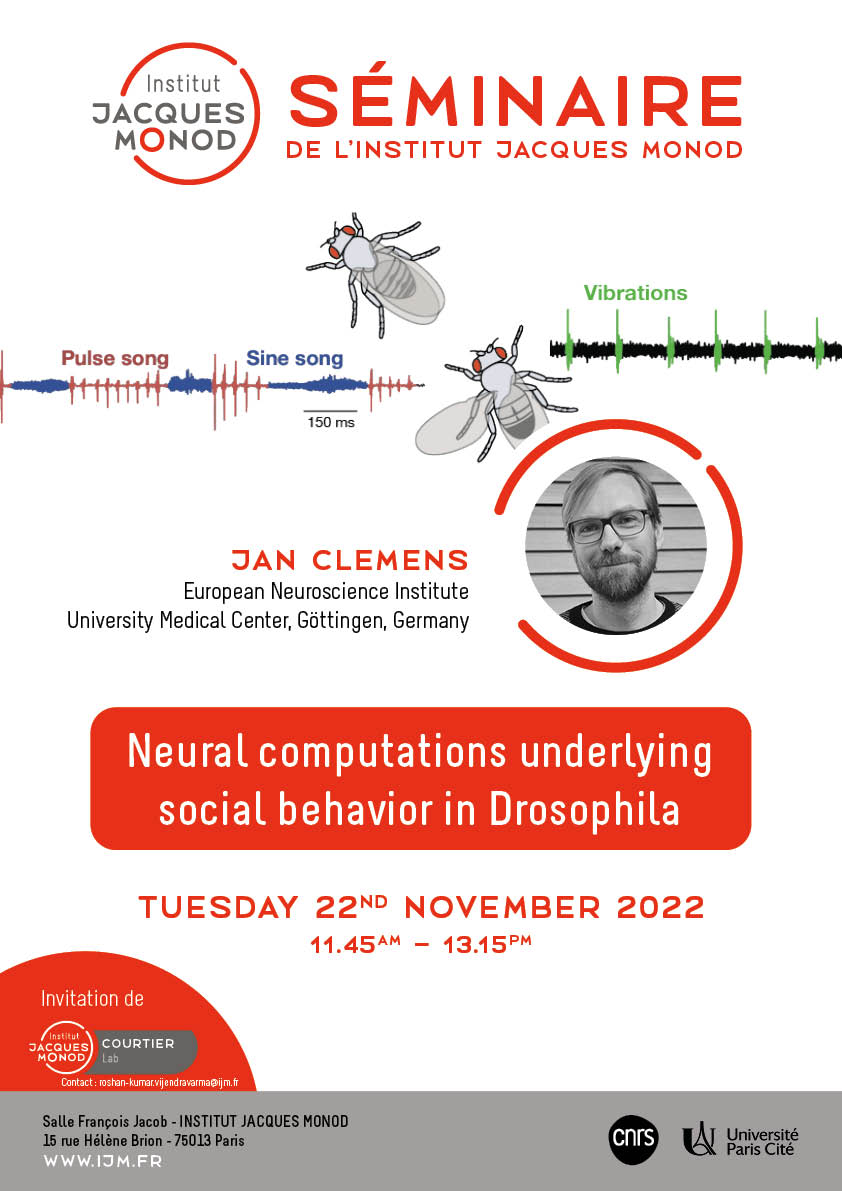The Greenberg Lab is recruiting!
Place: Institut Jacques Monod, Paris 13th district
Duration: Full time, one year
Start of contract: February 1, 2023
During early mammalian development, the DNA methylation landscape is profoundly
remodeled. The candidate will use molecular biology and embryonic cell culture to
help us explore non-conventional ways that DNA methylation can impact gene
regulation and genome organization during this…



